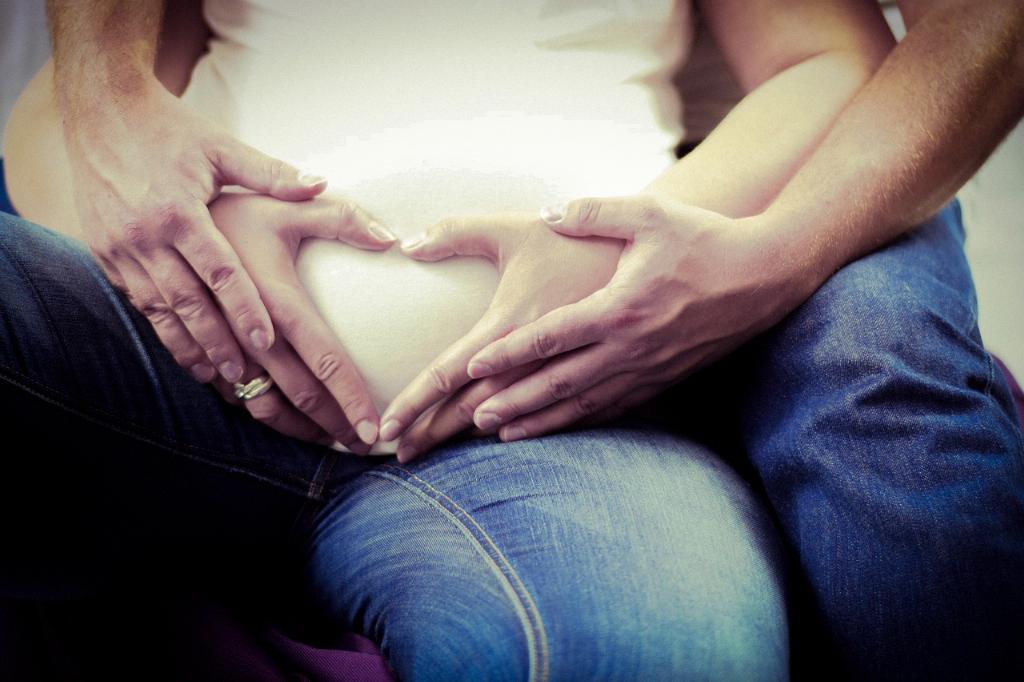Having a tilted uterus, medically known as a retroverted uterus, is a common anatomical variation where the uterus tilts backward instead of forward. This condition is generally not a cause for concern and does not typically impact pregnancy. However, in some cases, a tilted uterus can contribute to discomfort or complications during pregnancy.
Symptoms and Complications
While many women with a tilted uterus have no symptoms, some individuals may experience pelvic pain, discomfort during intercourse, or difficulty using tampons. During pregnancy, a retroverted uterus can sometimes lead to urinary tract infections or pain in the lower back and abdomen.
Repositioning the Uterus
If a tilted uterus is causing significant issues during pregnancy, your healthcare provider may recommend a procedure to reposition the uterus. One commonly used technique is called a uterine suspension, where the uterus is carefully adjusted to a more forward position. This procedure is typically performed by a specialist in pelvic floor disorders or gynecological surgery.
Considerations During Pregnancy
If you have a tilted uterus and are pregnant, it is essential to communicate openly with your healthcare provider about any discomfort or concerns you may be experiencing. Your doctor can assess the situation and determine the most appropriate course of action to ensure a healthy pregnancy and delivery.
Potential Treatment Options
In some cases, conservative measures such as physical therapy or exercises to strengthen the pelvic floor muscles may help alleviate symptoms associated with a tilted uterus during pregnancy. Your healthcare provider will work with you to develop a customized treatment plan based on your specific needs and circumstances.
Monitoring and Follow-Up Care
After undergoing a procedure to reposition the uterus or implementing other treatment measures, it is important to attend follow-up appointments with your healthcare provider. Regular monitoring during pregnancy can help ensure that both you and your baby are progressing as expected and that any potential issues are addressed promptly.
Support and Understanding
Dealing with a tilted uterus during pregnancy can be stressful, but it is essential to remember that you are not alone. Seeking support from loved ones, joining online communities, or talking to a counselor can help you navigate any emotional challenges you may face during this time.
Self-Care and Comfort Measures
Practicing self-care and utilizing comfort measures such as warm baths, gentle stretching exercises, or using pregnancy pillows can help alleviate discomfort associated with a tilted uterus. It is crucial to listen to your body and prioritize your well-being throughout your pregnancy.
Consulting with Specialists
If you have concerns about your tilted uterus or are experiencing persistent symptoms, consider seeking a second opinion from a specialist in obstetrics, gynecology, or reproductive health. These experts can provide additional insights and recommendations tailored to your unique situation.
Stay Informed and Empowered
Empower yourself with knowledge about your condition and treatment options. Ask questions, stay informed about the latest research, and actively participate in discussions with your healthcare team to ensure that you receive the best possible care for your tilted uterus during pregnancy.
Final Thoughts
While having a tilted uterus during pregnancy may present challenges, it is essential to remember that effective treatment options are available. By working closely with your healthcare provider, staying proactive about your health, and prioritizing self-care, you can manage any symptoms or complications associated with a retroverted uterus and enjoy a healthy pregnancy journey.

